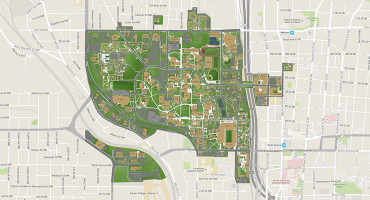

Eric Schumacher
Professor of Psychology
Education
Ph.D. (1998) Psychology Cognitive Science & Cognitive Neuroscience University of Michigan
About
Cognitive control refers to the set of processes by which we direct our actions toward a specific goal. At the most basic level, control processes allow us to translate a presented stimulus into an appropriate motor action. However, these processes and representations quickly become more complex when trying to understand more involved behaviors such as learning peoples names or watching and understanding films. Research in our lab investigates both the cognitive and the neuroscientific aspects of the processes and representations required to carry out flexible behavior across a wide variety of domains.
Selected Publications
Contact Information
- eric.schumacher@psych.gatech.edu
- Office
- JS Coon 224
- Phone
- 404-894-6067
- Lab Url
- http://control.gatech.edu/


